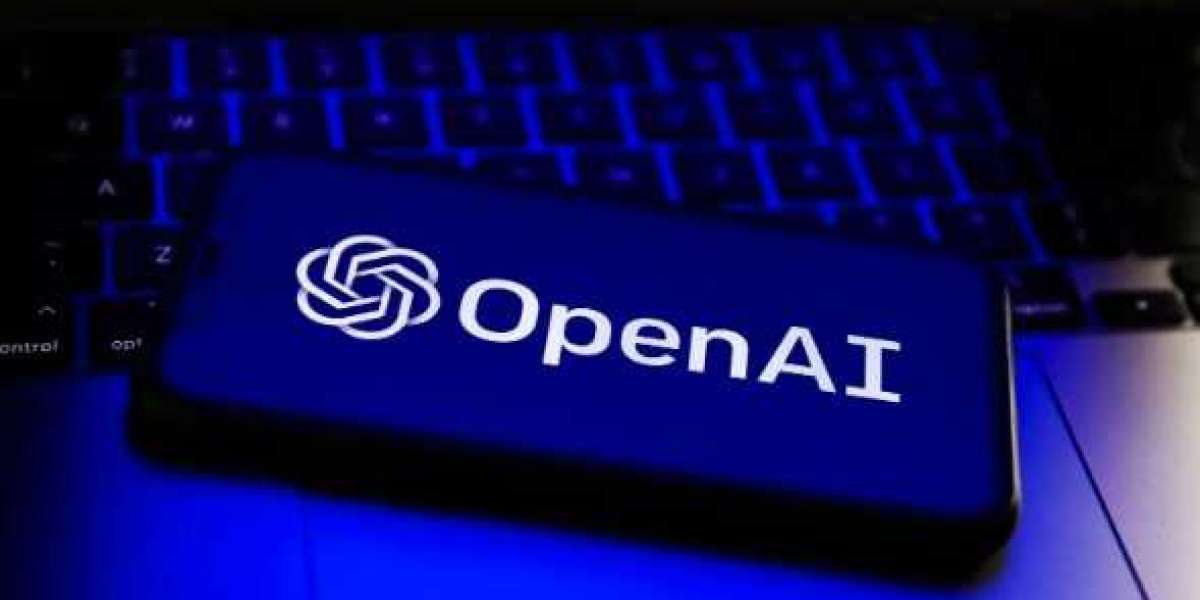AI-driven chatbots, also known as artificial intelligence chatbots or simply AI chatbots, are computer programs or applications that use artificial intelligence (AI) techniques and natural language processing (NLP) to interact with users through text or voice conversations. These chatbots are designed to simulate human-like conversations and provide users with information, assistance, or perform specific tasks, all while leveraging AI algorithms to understand and respond to user inputs effectively.
AI-driven chatbots have gained significant popularity and adoption in recent years due to their ability to automate customer service, streamline business operations, and enhance user experiences across various industries. To provide a comprehensive understanding of AI-driven chatbots, let's explore their key components, functionalities, use cases, and the underlying technologies that make them work. Apart from it by obtaining ChatGPT Course, you can advance your career in ChatGPT. With this course, you can demonstrate your expertise in GPT models, pre-processing, fine-tuning, and working with OpenAI and the ChatGPT API, and many more fundamental concepts.
Key Components of AI-Driven Chatbots:
Natural Language Processing (NLP): NLP is a fundamental component of AI-driven chatbots that enables them to understand and interpret human language. NLP techniques allow chatbots to process and analyze text or voice inputs, extract meaning, and generate relevant responses.
Machine Learning (ML): Machine learning algorithms are used to train chatbots to improve their ability to understand user intents and generate contextually relevant responses. Chatbots learn from large datasets of human interactions to refine their language models and decision-making processes.
Dialog Management: Dialog management is responsible for managing the flow of conversations between users and chatbots. It involves tracking the conversation context, maintaining state information, and deciding when to request clarifications or provide responses.
Intent Recognition: Intent recognition is a critical NLP task that involves identifying the user's intention or request from their input. Chatbots use intent recognition models to classify user messages into predefined categories or actions.








